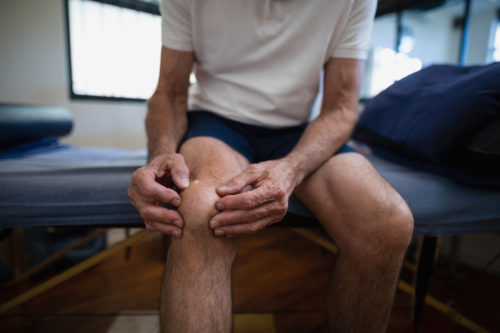
Did you know there are actually two kinds of menisci in your knee? Do you know what they do or why they tend to tear so easily? Just like every other part of your body, if you do not take caution when moving, these tiny bands can cause serious pain and need to be repaired with surgery. But what are they exactly and how can they be fixed?
The Menisci
The two menisci are also known as the medial and the lateral meniscus. These two crescent-shaped bands of thick, rubbery cartilage are attached to the tibia and act as shock absorbents and stabilize the knee. The medial meniscus is on the inside of the knee joint while the lateral is on the outside. When these bands tear, they can be split in half, ripped around its circumference, or left hanging by the thread to the knee. These cartilage bands can tear when the knee is suddenly twisted while the foot is planted firmly. It could also occur over time as they lose their resiliency. If you are experiencing the inability to extend your leg, a pain in the joint line when you put stress on your knee, or swelling and tightness in your knee, you may have a meniscus tear.
Surgery
There are three different grades of tears in the menisci. Grades one and two are not considered serious enough for surgery but can be seen on an MRI. These grades are when your MRI shows a small tear in the cartilage but your symptoms and physical exam are inconsistent with a tear. Typically surgery is only needed with a grade three meniscus tear. There are also three types of surgery that could be performed on your knee: arthroscopic repair, arthroscopic partial meniscectomy, and arthroscopic total meniscectomy. For the arthroscopic repair, a small camera is inserted into the knee to view the tear. One or two small incisions are made for the instruments to repair the cartilage. They are usually repaired using a dart-like device that will hold the tear together and be absorbed once the cartilage has healed. The partial meniscectomy will remove a portion of the torn meniscus, returning the knee to normal functionality after rehabilitation. If you have a large tear, you may need a total meniscectomy which will remove the entire cartilage from your knee.
Physical Therapy for a Meniscus Tear
Your Life Fitness physical therapist will help control the swelling using ice and compression while helping to stretch and rebuild the strength in your knee. Rehabilitation for menisci repairs can be slower than with removals because of the time it will take for the meniscus to heal. It is often better for patients to have this type of surgery because it could reduce the risk of arthritis later in life. After the repair, your physical therapist will help control your pain and swelling, restore strength, and regain full motion in the knee. You’ll be given in office as well as home exercises to do in order to build your strength.
Contact Us to Learn More about Physical Therapy and a Meniscus Tear
If you’d like to schedule an appointment to help take away knee pain, call Life Fitness Physical Therapy today at 410-368-1026, or find the location nearest you. If you’d like more information about what to expect on your first visit with us, please check out our Patient Information page.
To keep up with news and health tips, follow us on Facebook, Twitter, Linkedin and Google+.
